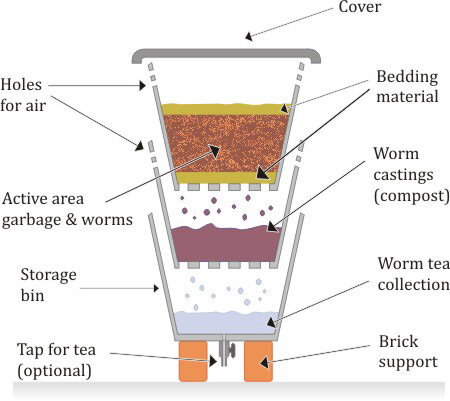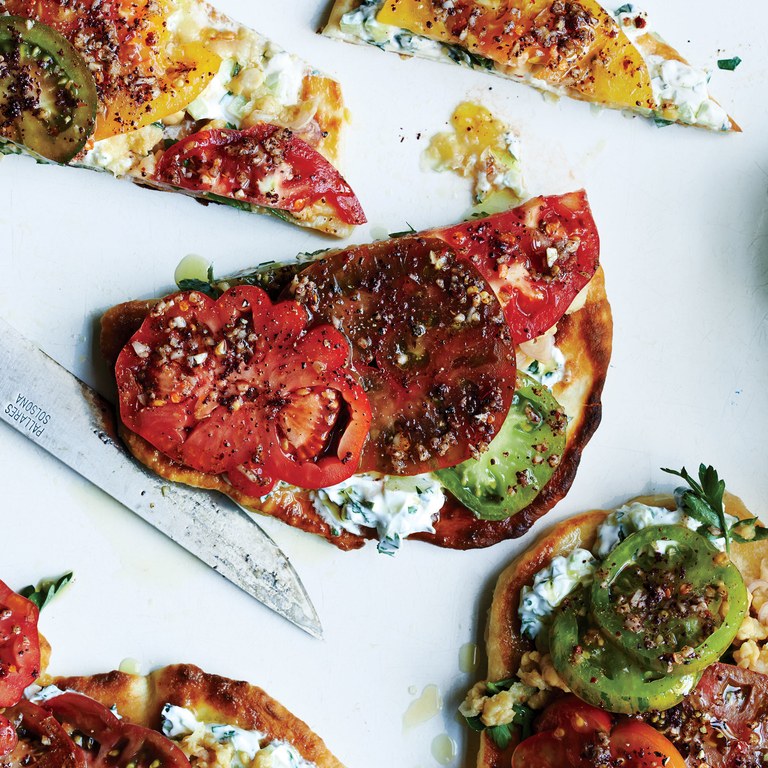What’s your plan for your garden this year? Maybe you have an idea of some new veggies that you would like to plant, and you may have a general idea about when to plant things, but putting a bit of thought into the nitty gritty details of your garden now will pay off later in the season. Here are some things we like to keep in mind while planning our gardens.
Careful planning is essential for maximizing space and for a tidy garden!
What did you plant last year?
Plant what did well and think back to what didn’t do well - do you know why it didn’t thrive? Is there another place in your garden where that crop would do better (that may be sunnier, more moist, less accessible to deer, etc.)?
You also want to consider what you planted and where so that you can rotate your crops. Crop rotation can contribute to healthier soil and lower pest pressure. Some crops are heavier feeders while others replenish nutrients. For example; following heavy feeders like broccoli with nitrogen fixers like beans can replenish some of the soil’s lost nutrients. Additionally, some pests can overwinter in the soil and will continue to be a problem year after year if the pest’s host plant is kept in the same place. Cycling your crops through different beds to ensure that the same family isn’t in the same place twice may help disrupt the pest cycle.
What pest/disease problems did you experience last year?
If you experienced a swarm of cabbage worms last year, taking a season off of Brassicas (their host plant) may effectively drive them away in time for a Fall planting. Focus on other families like amaranthaceae (which includes beets, spinach, and swiss chard) or Apiaceae (which includes, cilantro, parsley, and celery).
What are the conditions of all of your beds/containers/planters?
As you rotate your crops, keep in mind the conditions where you’ll be planting! Different beds may have different sun exposure, weeds, moisture levels, and pests. Even if you have a container garden, different pot materials may affect soil moisture, shape may affect soil depth, and placement may affect sunlight. Make sure you know which conditions are ideal or acceptable for each of your crop varieties.
Garden planning helps you estimate quantities of needed seeds and seedlings, maximizes the garden’s yield, and makes for a tidier garden.
Spacing
Planning ahead of time can help you determine the number of plants that can actually fit in your garden. This not only helps you purchase the correct amount of seeds and seedlings but helps you stay conscious of spacing.
It can be tempting to plant as many veggies as fit into your garden - the more the merrier, right? Not always… Compact plantings can decrease necessary airflow between leaves which can lead to a myriad of diseases and pests. To many plants in one space also means competition for space, sunlight, and nutrients. You can find proper spacing information on the back of most seed packets.
Timing and Succession Planting
Similar to spacing, it can be tempting to plant all of your seeds at the same time, as early as possible. Timing is important - temperature affects seed germination and plant health. Including timing in your garden plan will remind you of proper timing and ensure your veggies have the best chance of being healthy and productive.
Taking both timing and spacing into account - it can help to plan for multiple successions of a crop by leaving room and noting a second sowing date. Planting a crop every two or so weeks within the appropriate window (“Succession planting”) can safeguard your crops against pests and diseases and extend the harvest. Maybe your first round of lettuce gets eaten by early season slugs - you still have a second crop to lean on! The slightly later planting may be late enough for the slugs to be driven away by the heat. And if each succession thrives, you’ll have a well-distributed harvest rather than having 15 head lettuces all at once.
How can you keep all of this information straight?
We like to use excel so we can easily see how the gardens will progress through-out the seasons and can make edits when unexpected changes occur. Making a low-tech garden map for each season can work just as well!
































